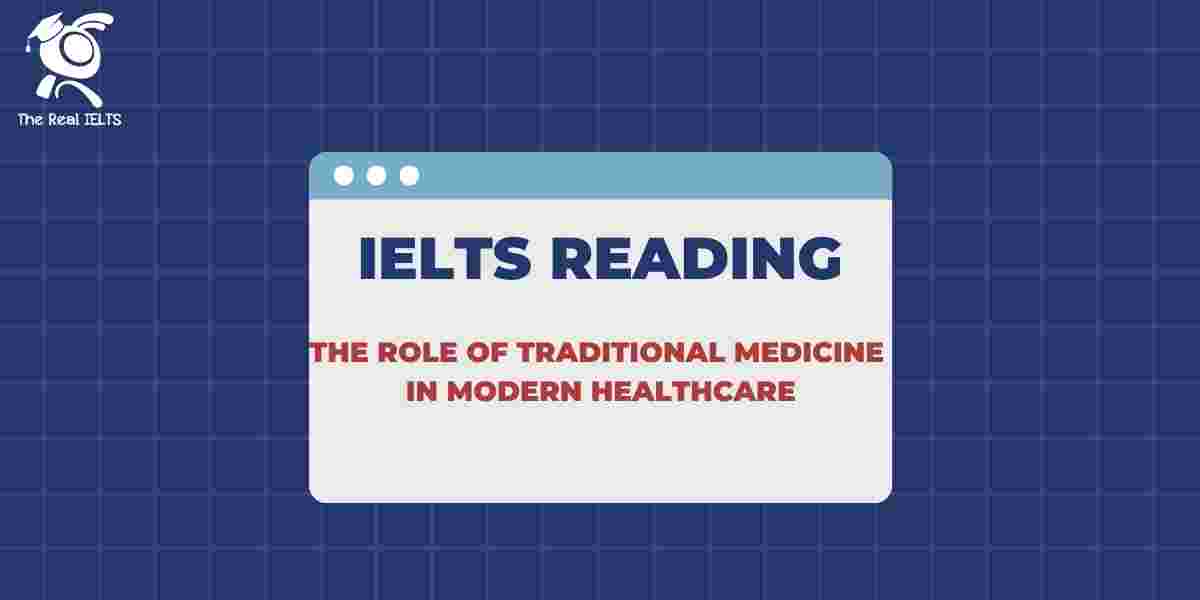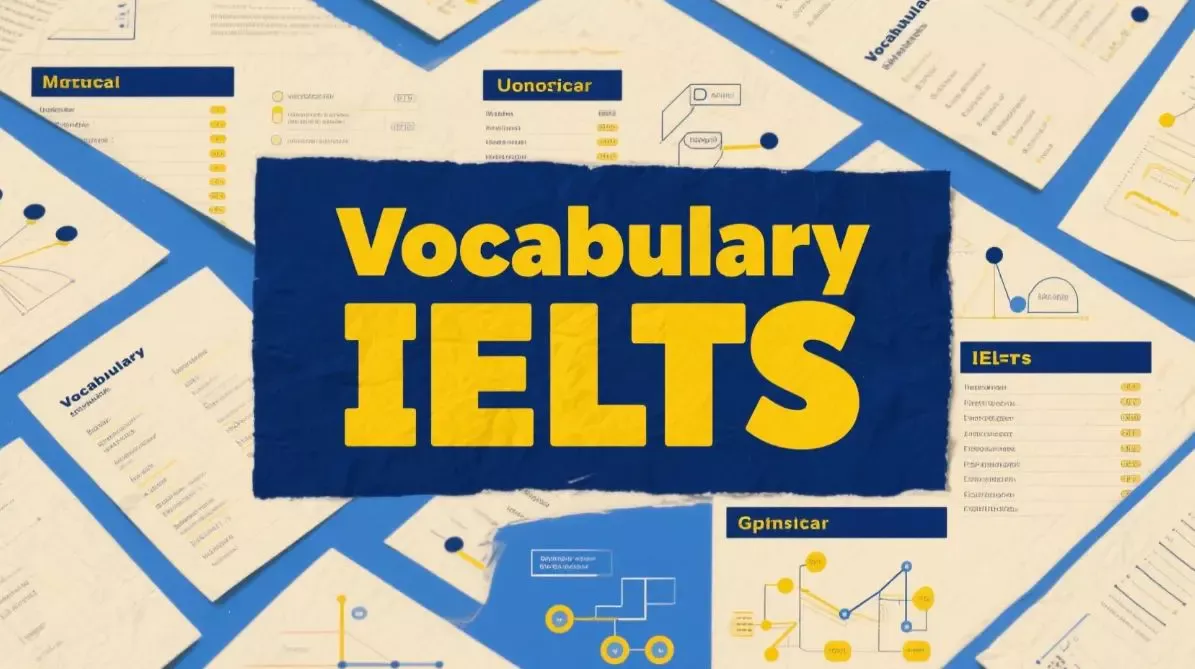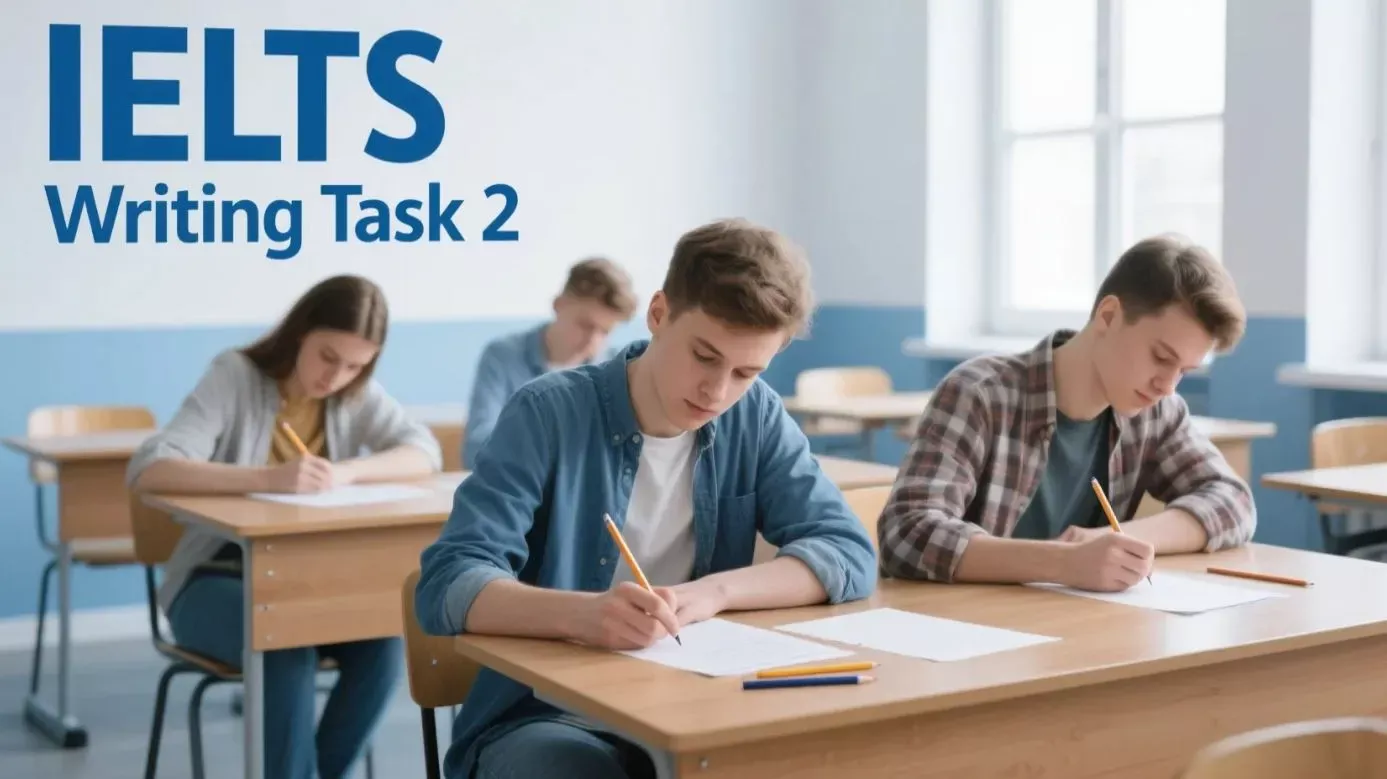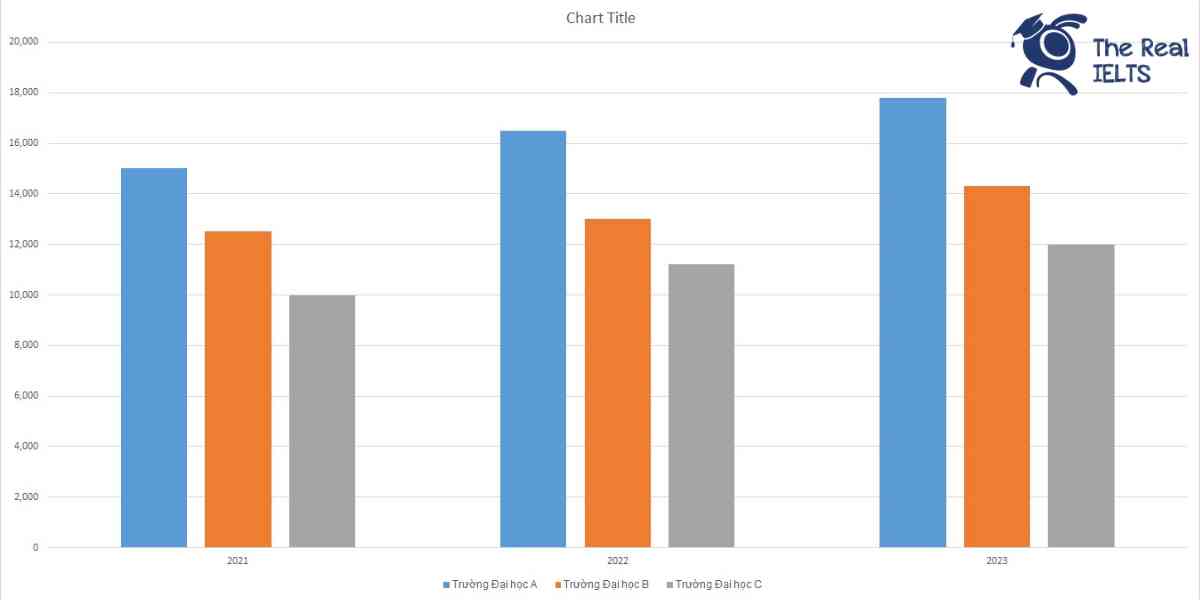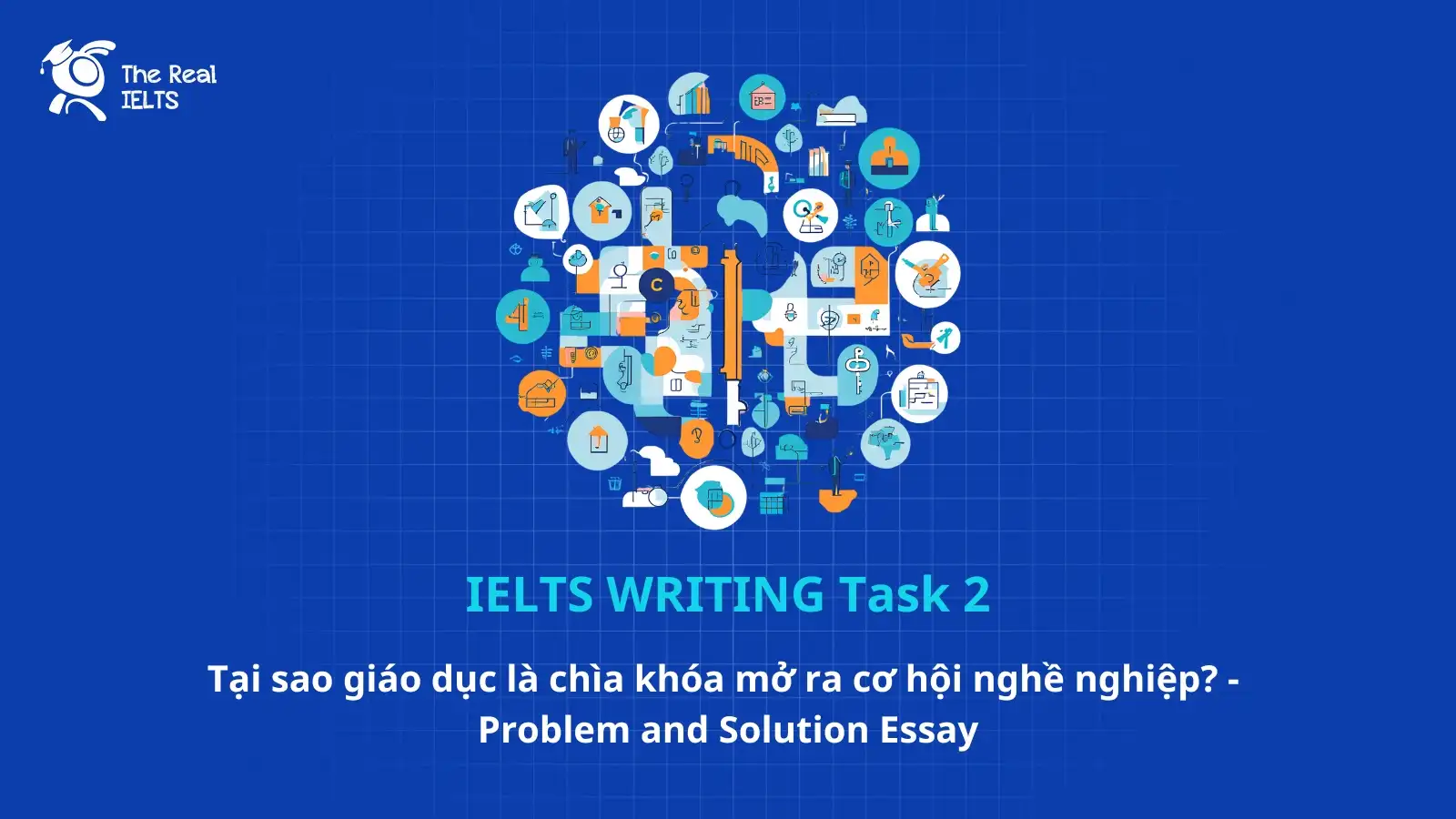Đề thi IELTS Reading có tiêu đề “The Role of Traditional Medicine in Modern Healthcare”
Nhớ đọc thêm các bài luyện thi IELTS nhé.
IELTS Reading:”The Role of Traditional Medicine in Modern Healthcare“
The Role of Traditional Medicine in Modern Healthcare
In recent decades, traditional medicine has experienced a resurgence in both public interest and its integration into modern healthcare systems. As healthcare practices evolve to meet the diverse needs of the global population, traditional medicine—rooted in centuries-old knowledge and practices—has found new relevance in contemporary medical paradigms. This essay explores the growing role of traditional medicine in modern healthcare, its benefits, challenges, and the potential future of a collaborative approach between conventional and traditional practices.
Traditional medicine refers to healing practices, knowledge, and beliefs that have been developed over generations within various societies. These practices often rely on the use of herbs, animal products, spiritual therapies, and manual techniques such as acupuncture or massage. Some well-known systems of traditional medicine include Traditional Chinese Medicine (TCM), Ayurveda from India, and various Indigenous healing practices from around the world. Despite their ancient origins, these systems are still widely practiced today and are increasingly being recognized by modern medical professionals.
One of the key reasons for the growing interest in traditional medicine is its holistic approach. Unlike conventional medicine, which often focuses on treating specific symptoms or diseases, traditional medicine takes a broader view of health. For example, TCM emphasizes the balance of the body’s internal energy, or “Qi,” and seeks to harmonize the relationship between the body, mind, and environment. Ayurveda, on the other hand, emphasizes maintaining balance through a personalized approach, tailored to an individual’s unique body constitution or “dosha.” These philosophies offer a complementary perspective to modern healthcare, where the focus is often on quick, targeted interventions rather than preventative care or overall well-being.
In many parts of the world, especially in rural and underserved communities, traditional medicine plays a crucial role in providing primary healthcare. In Africa and Asia, up to 80% of the population still relies on traditional medicine as their primary source of healthcare, according to the World Health Organization (WHO). For many, it is not only more accessible but also more affordable than conventional healthcare. Traditional healers, often respected figures within their communities, provide treatments that are culturally accepted and trusted by the local population. In these contexts, traditional medicine helps bridge the gap between healthcare access and affordability, addressing needs that modern healthcare systems may struggle to meet.
However, the integration of traditional medicine into modern healthcare is not without challenges. One of the major concerns is the lack of scientific validation for many traditional remedies. While certain herbs and therapies have been proven effective through rigorous scientific research, others have not been adequately tested, raising questions about their safety and efficacy. Furthermore, the risk of adverse interactions between traditional and modern treatments cannot be overlooked. For instance, certain herbal remedies may interfere with prescribed medications, leading to complications.
Another challenge is the regulation of traditional medicine. In many countries, traditional medicine operates outside the scope of modern medical regulations, which can lead to inconsistent standards of care. The lack of regulation also makes it difficult for patients to differentiate between qualified traditional healers and unqualified practitioners. To address this, some countries have begun implementing guidelines for the practice of traditional medicine, ensuring that practitioners meet certain standards of training and care. For example, China has developed a national system for the regulation of TCM, integrating it into the public healthcare system while maintaining oversight on its practice.
Despite these challenges, there is a growing recognition of the potential for collaboration between traditional and modern medicine. In recent years, researchers and healthcare professionals have begun to explore how traditional practices can complement conventional treatments, particularly in areas such as pain management, chronic illness, and mental health. For example, acupuncture has gained widespread acceptance in Western countries as a complementary treatment for pain relief. Similarly, mindfulness and meditation practices, rooted in ancient spiritual traditions, are now commonly recommended by healthcare professionals for managing stress and mental health conditions.
The integration of traditional and modern medicine also has potential benefits for addressing the growing burden of chronic diseases. As lifestyle-related illnesses such as diabetes, hypertension, and obesity become more prevalent, there is a need for healthcare systems to adopt more holistic and preventative approaches. Traditional medicine, with its emphasis on lifestyle, diet, and balance, offers valuable insights into managing these conditions. In India, for example, Ayurveda has been used in conjunction with modern medicine to treat chronic diseases, offering a more comprehensive approach to patient care.
Looking to the future, the collaboration between traditional and modern medicine could pave the way for more personalized and effective healthcare solutions. Advances in technology, such as artificial intelligence and genomics, may help bridge the gap between the two systems by enabling more precise diagnoses and treatment plans. For example, researchers are exploring how AI can be used to analyze the effects of traditional remedies on specific genetic profiles, potentially leading to more tailored and effective treatments.
In conclusion, the role of traditional medicine in modern healthcare is evolving as societies seek to address the diverse needs of their populations. While challenges remain, particularly in terms of regulation and scientific validation, there is growing recognition of the value that traditional practices can bring to healthcare systems. As the global burden of chronic disease increases, the integration of holistic, preventative approaches rooted in traditional medicine may offer a promising path forward. The future of healthcare may well lie in a collaborative approach, where the best of both traditional and modern medicine come together to provide more comprehensive and personalized care for all.
Đề bài thi IELTS Reading
Multiple Choice (Câu hỏi trắc nghiệm)
- What is traditional medicine mainly characterized by?
- A. Use of modern technologies
- B. Reliance on natural remedies and holistic approaches
- C. Pharmaceutical drugs
- D. Only spiritual therapies
- Which system of traditional medicine emphasizes balancing the body’s internal energy?
- A. Ayurveda
- B. Indigenous practices
- C. Traditional Chinese Medicine (TCM)
- D. Acupuncture
- Which of the following is a challenge for integrating traditional medicine into modern healthcare?
- A. Its widespread scientific validation
- B. The availability of modern medicines
- C. Lack of consistent standards and regulation
- D. Its affordability compared to modern healthcare
- In which countries do up to 80% of the population rely on traditional medicine as their primary healthcare source?
- A. North America and Europe
- B. Africa and Asia
- C. Australia and South America
- D. Eastern Europe and Russia
- What is a significant advantage of traditional medicine in underserved communities?
- A. Its high cost
- B. The lack of local healers
- C. Its affordability and cultural acceptance
- D. Its strict scientific validation
- What role does AI potentially play in the future of traditional medicine?
- A. Replacing human doctors
- B. Enhancing the scientific validation of traditional treatments
- C. Analyzing the effects of traditional remedies on genetic profiles
- D. Eliminating the need for traditional medicine
- Acupuncture is commonly accepted in modern healthcare for treating which condition?
- A. Cardiovascular diseases
- B. Skin infections
- C. Pain relief
- D. Viral infections
- What is a focus of Ayurveda in healthcare?
- A. Harmonizing energy flow in the body
- B. Maintaining balance through a personalized approach
- C. Focusing solely on spiritual healing
- D. Treating infections with modern medicine
True/False/Not Given (Xác định đúng/sai/không được đề cập)
- Traditional medicine focuses mainly on treating specific symptoms.
- True / False / Not Given
- Traditional healers are not respected figures in rural communities.
- True / False / Not Given
- In some countries, acupuncture is used to treat cardiovascular diseases.
- True / False / Not Given
- Traditional medicine is more widely practiced in Europe than in Asia.
- True / False / Not Given
- Modern healthcare systems are already fully integrated with traditional medicine.
- True / False / Not Given
- Some traditional remedies have been proven effective through scientific research.
- True / False / Not Given
- The use of AI in traditional medicine is currently at an advanced stage.
- True / False / Not Given
- Ayurveda focuses on balancing diet and lifestyle.
- True / False / Not Given
Yes/No/Not Given (Xác định có/không/không được đề cập)
- Does the author believe that the integration of traditional and modern medicine is necessary for addressing chronic diseases?
- Yes / No / Not Given
- Does the author suggest that traditional healers are more qualified than modern doctors?
- Yes / No / Not Given
- Does the passage mention that traditional medicine is usually more expensive than modern healthcare?
- Yes / No / Not Given
- Does the author claim that traditional medicine is superior to modern medicine?
- Yes / No / Not Given
Matching Information (Nối thông tin)
- Match the following systems of medicine with their respective focus:
- Traditional Chinese Medicine (TCM)
- Ayurveda
- Acupuncture
Options:
- A. Balancing internal energy
- B. Pain relief
- C. Personalized treatment based on body constitution
- Match the challenge to its explanation:
- Lack of scientific validation
- Risk of adverse interactions
- Difficulty in regulation
Options:
- A. Some remedies may interact negatively with modern medications
- B. Remedies are not tested rigorously
- C. Traditional medicine operates outside of modern medical oversight
Matching Headings (Nối tiêu đề với đoạn văn)
- Match the following headings to paragraphs:
- A. The benefits of traditional medicine in underserved areas
- B. Challenges of integrating traditional and modern medicine
- C. Traditional medicine as primary healthcare in developing regions
- D. Future prospects of merging traditional and modern healthcare
Matching Features (Nối đặc điểm)
- Match the following practices to the regions they are primarily associated with:
- Traditional Chinese Medicine
- Ayurveda
- Indigenous healing practices
Options:
- A. China
- B. India
- C. Various global Indigenous communities
Matching Sentence Endings (Nối phần kết câu)
- Traditional healers are often respected because…
- A. they provide treatments that are culturally trusted.
- The regulation of traditional medicine is difficult because…
- B. it often operates outside of modern healthcare oversight.
- The use of traditional medicine is especially important in rural areas where…
- C. modern healthcare is less accessible and affordable.
- Traditional medicine is becoming increasingly popular because…
- D. it offers holistic approaches to health and well-being.
Sentence Completion (Hoàn thành câu)
- Traditional medicine takes a ________ approach to healthcare, focusing on the whole person.
- Up to ________ of the population in Africa and Asia still rely on traditional medicine as their primary healthcare source.
- Traditional Chinese Medicine emphasizes the balance of the body’s internal ________.
- Some traditional remedies have been ________ through scientific research.
Summary Completion (Hoàn thành tóm tắt)
Fill in the blanks based on the paragraph.
33-35. Traditional medicine, such as TCM and Ayurveda, focuses on holistic care and has gained popularity due to its ability to address both physical and mental health. Despite its benefits, there are still challenges such as the ________ of many remedies, risks of ________ with modern medicine, and the need for better ________.
Diagram Label Completion (Hoàn thành nhãn của sơ đồ)
36-38. Complete the following labels for a diagram showing the comparison of Traditional Medicine and Modern Medicine:
- Traditional Medicine: Focuses on ________.
- Modern Medicine: Focuses on ________.
- Shared goal: ________.
Short Answer Questions (Câu hỏi trả lời ngắn)
- What is one system of traditional medicine that emphasizes the balance of internal energy?
- How is AI expected to contribute to the future of traditional medicine?
Đáp án bài thi IELTS Reading
Multiple Choice (Câu hỏi trắc nghiệm)
- B (Reliance on natural remedies and holistic approaches)
- C (Traditional Chinese Medicine (TCM))
- C (Lack of consistent standards and regulation)
- B (Africa and Asia)
- C (Its affordability and cultural acceptance)
- C (Analyzing the effects of traditional remedies on genetic profiles)
- C (Pain relief)
- B (Maintaining balance through a personalized approach)
True/False/Not Given (Xác định đúng/sai/không được đề cập)
- False (Traditional medicine focuses on holistic care, not just symptoms)
- False (Traditional healers are respected in many rural communities)
- False (Acupuncture is mainly used for pain relief)
- False (Traditional medicine is more widely practiced in Asia than in Europe)
- False (Integration is still in progress, not fully achieved)
- True (Some remedies have been scientifically validated)
- Not Given (The current stage of AI use is not discussed)
- True (Ayurveda focuses on balancing lifestyle and diet)
Yes/No/Not Given (Xác định có/không/không được đề cập)
- Yes (The author suggests collaboration to address chronic diseases)
- No (There is no claim that traditional healers are more qualified)
- No (Traditional medicine is generally more affordable)
- No (The author does not claim that traditional medicine is superior)
Matching Information (Nối thông tin)
- Traditional Chinese Medicine (TCM): A (Balancing internal energy)
- Ayurveda: C (Personalized treatment based on body constitution)
- Acupuncture: B (Pain relief)
- Lack of scientific validation: B (Remedies are not tested rigorously)
- Risk of adverse interactions: A (Some remedies may interact negatively with modern medications)
- Difficulty in regulation: C (Traditional medicine operates outside of modern medical oversight)
Matching Headings (Nối tiêu đề với đoạn văn)
- A. The benefits of traditional medicine in underserved areas
- B. Challenges of integrating traditional and modern medicine
- C. Traditional medicine as primary healthcare in developing regions
- D. Future prospects of merging traditional and modern healthcare
Matching Features (Nối đặc điểm)
- Traditional Chinese Medicine: A (China)
- Ayurveda: B (India)
- Indigenous healing practices: C (Various global Indigenous communities)
Matching Sentence Endings (Nối phần kết câu)
- Traditional healers are often respected because… A (they provide treatments that are culturally trusted).
- The regulation of traditional medicine is difficult because… B (it often operates outside of modern healthcare oversight).
- The use of traditional medicine is especially important in rural areas where… C (modern healthcare is less accessible and affordable).
- Traditional medicine is becoming increasingly popular because… D (it offers holistic approaches to health and well-being).
Sentence Completion (Hoàn thành câu)
- Traditional medicine takes a holistic approach to healthcare, focusing on the whole person.
- Up to 80% of the population in Africa and Asia still rely on traditional medicine as their primary healthcare source.
- Traditional Chinese Medicine emphasizes the balance of the body’s internal energy.
- Some traditional remedies have been scientifically validated through research.
Summary Completion (Hoàn thành tóm tắt)
33-35. Traditional medicine, such as TCM and Ayurveda, focuses on holistic care and has gained popularity due to its ability to address both physical and mental health. Despite its benefits, there are still challenges such as the lack of scientific validation of many remedies, risks of adverse interactions with modern medicine, and the need for better regulation.
Diagram Label Completion (Hoàn thành nhãn của sơ đồ)
36-38.
- Traditional Medicine: Focuses on holistic care.
- Modern Medicine: Focuses on treating specific symptoms.
- Shared goal: improving overall health.
Short Answer Questions (Câu hỏi trả lời ngắn)
- What is one system of traditional medicine that emphasizes the balance of internal energy?
- Traditional Chinese Medicine (TCM)
- How is AI expected to contribute to the future of traditional medicine?
- By analyzing the effects of traditional remedies on genetic profiles
Luyện tập bài khác ở bài viết:”100 bài luyện IELTS Reading 2024 – 2025“


